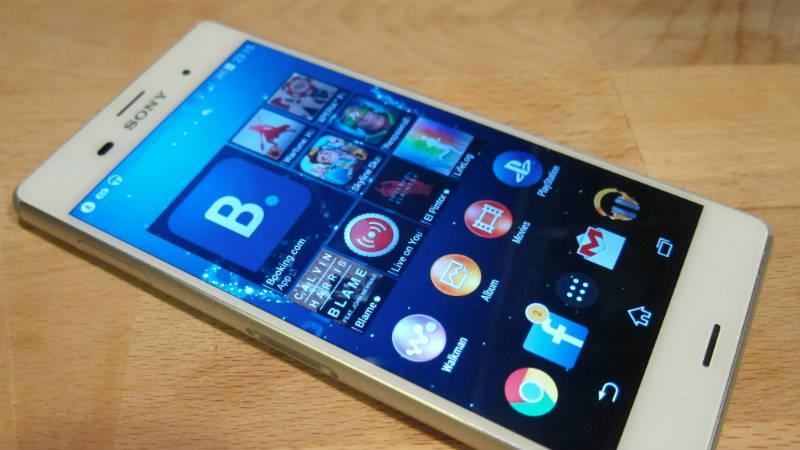
HTC, Apple, Samsung, Motorola, and LG; each of these companies share one common factor in today’s mobile market - they no longer follow carrier exclusives when it comes to their flagships. You can head to any Sprint, T-Mobile, Verizon, or AT&T store and easily find the flagships made by these manufacturers. I’m sure many of you remember the days where you couldn’t get the iPhone because it was exclusive to AT&T and you were better serviced with another carrier, or when you wanted the “new” 4G network with the HTC EVO 4G but you couldn’t because you weren’t with Sprint. Let’s face it: Carrier exclusives sucked, and while in many cases carrier exclusives are a thing of the past, there are still some examples of carrier exclusivity that bite us in the butt today.
For example, Sony has yet to pull away from the business model of yesteryear. For the past few years, Sony phones have only been available on T-Mobile in the U.S. It’s only this year where another major U.S. carrier, Sprint, is rumored to sell Sony’s new Xperia Z3 phone. If true, is this a sign that Sony will soon join the list of exclusiveless carriers?
One can only hope.
It’s not exactly Sony’s fault that Sony is forced to deal with carrier exclusives these days; what was once seen as a move for high-ranking smartphones, carrier exclusivity has turned about face and usually means the opposite these days - your company is having so much trouble building the brand that you’re having problems finding partners. That’s where Sony is at right now.
It’s kind of surprising, because many will tell you that the Xperia line of Android smartphones are some of the best in the market. Sony excels in the areas of camera, build quality (waterproof and dustproof), and most notably as of late, battery life. In fact, Good Gear Guide recently awarded the Sony Xperia Z3 Compact (yes, the mini version of the Z3) a 5/5 rating - an award that no other phone has ever received.
So why is Sony struggling so much to partner up with each carrier?
It most likely has a lot to do with their past, as Sony hasn’t exactly been rolling in the dough when it comes to the mobile end of the company. In fact, it’s quite the opposite. However, as Sony continues to push through the hard times and continues to make (pretty awesome) smartphones, perhaps it’s high time that carriers and users alike start to take notice. Now that Sprint may be on board, perhaps the other two carriers will want to get in on some of that Xperia action as well in the following years. Honestly, the Xperia line of smartphones are in direct competition with the likes of the greatest flagships in the market. Sony has already shied away from the U.S. market once. With their products only getting better, I would really hate to see Sony get nowhere with their efforts. This is one smartphone line that I really don’t want to see disappear from the market.
I think the Z3 family might be the ticket for wider availability from Sony in the U.S. in the coming years. With both the Z3 (original) and the Compact getting so much positive attention from tech websites, it would seem like the Xperia line is now reaching a high point in its career. This is the time for Sony to get aggressive in its marketing in order to raise awareness of how great the Xperia Z line has become in its third generation. Now that they quite possibly have two major carriers to work with, raising awareness should be a little bit easier, and will hopefully create the demand necessary to encourage the other two major carriers to take a chance on Sony as well.